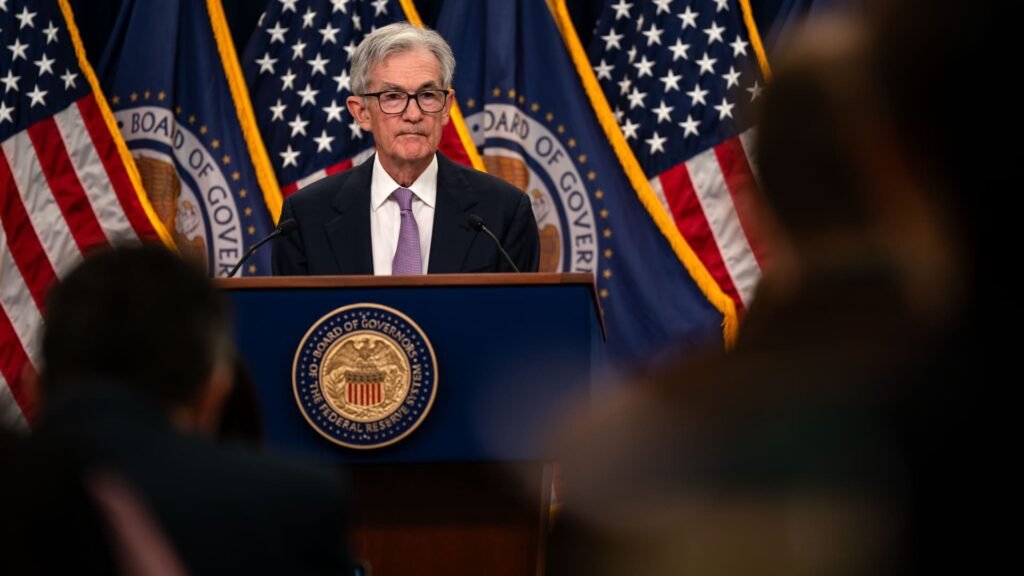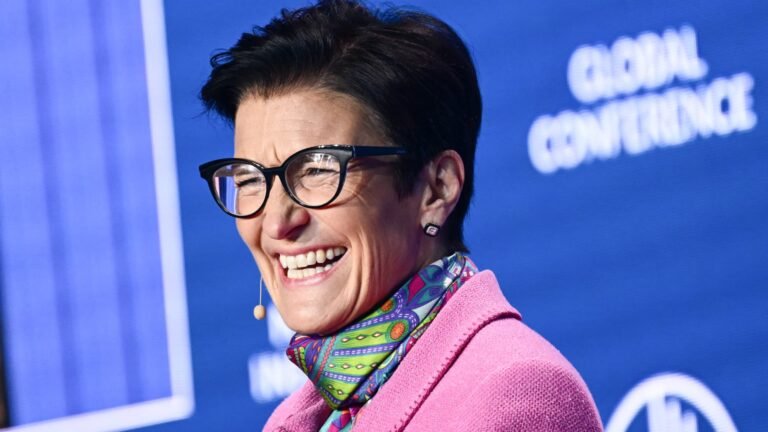
Federal Reserve officials expressed concerns about inflation and the potential impact of President-elect Donald Trump’s policies during their December meeting, as revealed in the minutes released on Wednesday. The officials indicated a slower approach to interest rate cuts due to the uncertainty surrounding Trump’s policies. The meeting summary highlighted the potential effects of changes in immigration and trade policies on the U.S. economy without directly mentioning Trump.
Since Trump’s election victory in November, he has proposed imposing tariffs on China, Mexico, Canada, and other U.S. trading partners, along with plans for deregulation and mass deportations. The uncertainty surrounding the specifics of Trump’s actions created ambiguity about the future, prompting caution among Federal Open Market Committee members. The minutes noted an increase in upside risks to the inflation outlook, citing recent strong inflation readings and potential impacts of trade and immigration policy changes.
The FOMC members voted to lower the central bank’s benchmark borrowing rate to a target range of 4.25%-4.5%. However, they revised their outlook for expected rate cuts in 2025 to two from four, indicating a slower pace of cuts. The minutes suggested that the Committee was nearing a point where it would slow the pace of policy easing, considering factors such as inflation, consumer spending, the labor market, and economic activity.
Officials emphasized the need for a cautious approach to monetary policy decisions in the coming quarters, with future moves dependent on evolving economic data. The minutes highlighted that most officials expected inflation to reach the Fed’s 2% target by 2027, with near-term risks skewed to the upside. Chair Jerome Powell likened the situation to navigating in the dark, emphasizing the need for a gradual approach amid high uncertainty.
The “dot plot” of individual members’ expectations indicated the anticipation of two more rate cuts in 2026 and possibly additional cuts afterward, aiming to bring the long-run fed funds rate down to 3%.




